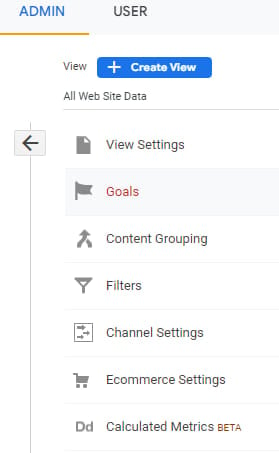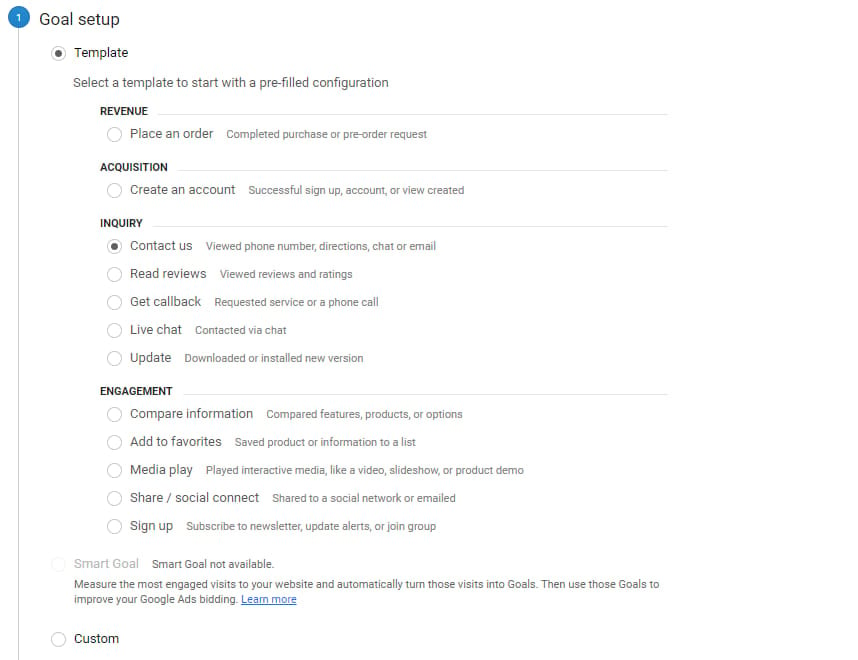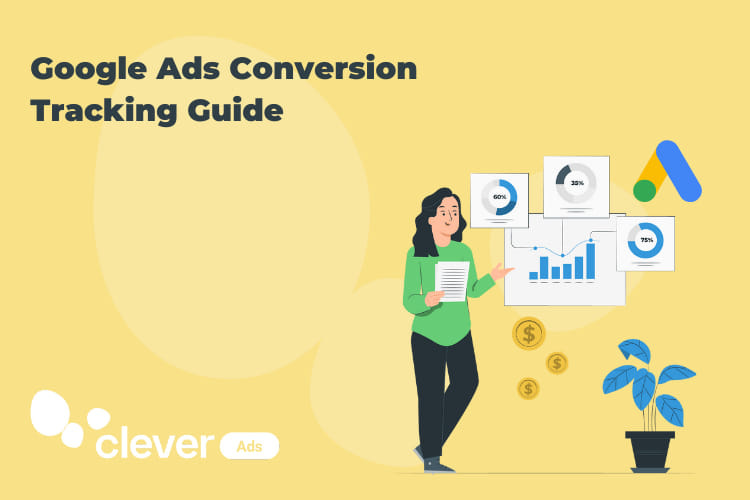Google Ads Conversion Tracking: learn step by step
If you have ever done advertising campaigns on any platform (Google, Microsoft, Facebook, etc.), you’ve probably heard of the term conversions. A conversion occurs when a user or visitor completes a desired action on your eCommerce or website, achieving your campaign goal. It doesn’t always necessarily mean a sale since conversions can vary on the needs of your business. It could be a subscription to a newsletter, a phone call, a website visit, and much more.
It is very important to know how to properly track conversions on your site so you can check if your campaigns are actually achieving their goals and build an action plan in case they don’t meet expectations.
- Check our eCommerce ads tool by the way!
What are micro conversions and how do they work?
One of the potential problems that you will find when launching a campaign is that you might see that you are getting conversions below your expectations or you are just not getting any conversions at all.
Most often, we tend to blame the platform for bringing us ineffective traffic when visitors don’t complete the purchase journey. But this is not always the case since there are many factors, such as the design of your website, your prices, and transport costs, among other things, that can greatly affect the final conversion rate. If you’re not measuring these metrics correctly with your campaigns, you won’t get a bigger picture of where the process is failing and where to put your efforts to solve the problems.
This is where micro conversions come into play. We could define micro conversions as the secondary objectives that are achieved before completing a primary conversion.
Imagine this situation where we are only using the data that comes to us in Google Ads by default in this fictitious campaign:
- Impressions: 1500
- Clicks: 750
- Conversions: 5
Looking at this data it is difficult to draw conclusions about the reason why we are not getting conversions, we have a good number of impressions, a good number of clicks, but we are not getting any conversions. In this case, we tend to think that the traffic that the platform brings us is not good, it is not qualified, or that it may even be bots.
Now let’s see the same example but adding the micro conversions before the final conversion:
- Impressions: 1500
- Clicks: 750
- Product view: 700
- Add to cart: 600
- Begin Checkout process: 500
- Conversions: 5
As you can see, by adding the micro conversions we can build the sales funnel and see where exactly the problem is. In this case, we can deduce that the store has a possible problem with the checkout process that is causing most customers not to complete the purchase process. Some possible errors can be: Checkout process is too complex, it does not accept too many forms of payment, the transport price is too expensive, etc.
How to implement micro conversions?
Now that you know how important micro conversions are, it’s time for you to learn how to create and implement them to get the most out of your advertising campaigns.
First of all, you should know that there are several ways to implement conversions on your website, and in this case we will explain how to do it from Google Analytics. Once these micro conversions have been created, we can easily import them into Google Ads.
Within Google Analytics we must go to the “Admin” section and click on “Objectives”

Once we click we will see that there are some predetermined objectives that we can use if they fit our needs. If necessary, we can customize a micro conversion with the objective that we want.

Once we have confirmed the objective that we want to achieve with this micro conversion, we will begin to configure when this micro conversion should trigger:
![]()
We can that there are different types for the configuration of the objective:
- Destination: it means that this micro conversion will only trigger when the user lands on a specific URL of our store. For example, the thank you page.
- Duration: this micro conversion will only trigger when the user spends X time on our page.
- Pages per session: this micro conversion will only trigger when the user visits X pages of our website.
- Event: this micro conversion will trigger when the user performs a specific action on our store.
For example, if I’m setting up a micro conversion to track people who use the “Contact us” form, what I’ll do is:
- In target settings select “Contact us“
- In the description of the objective we give it a name that is recognizable to us and that offers information about the objective to have everything well organized.
- In the type of objective, I will choose “Destination” and when it asks me for the URL or the destination link, I will enter the URL of my “we have received your message” page.
How to import goals from Google Analytics to Google Ads
Once we have configured all the conversions we need, we can check them from Google Analytics in the “Conversions” and “Objectives” section. If we want to see and use them in our Google Ads account, what we will have to do is:
- Make sure that we have our Google Ads account and Google Analytics linked between them. To do this, we must go to our Google Ads account and click on “Tools and settings” and then select “Linked accounts“. We look for the Google Analytics logo and follow the steps indicated to link it.
- Once linked and on Google Ads, we go to “Metrics” and “Conversions” section, click on the blue button to add a new conversion and select “Import” from Google Analytics.
![]()
3. Once this is done, the micro conversions that we configure from Google Analytics should already appear in our Google Ads account.
Did you find this information useful? If so, do not forget to follow us on our social networks for more useful and similar content!




